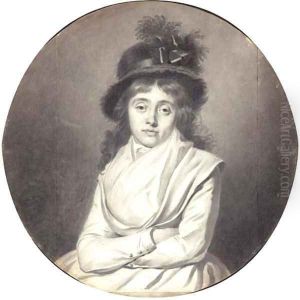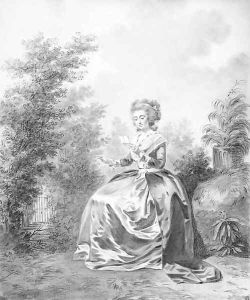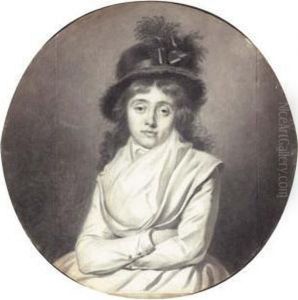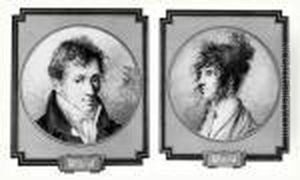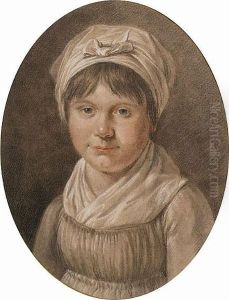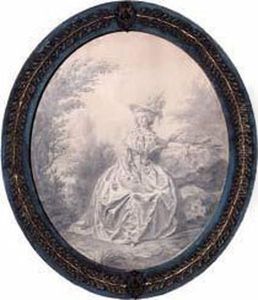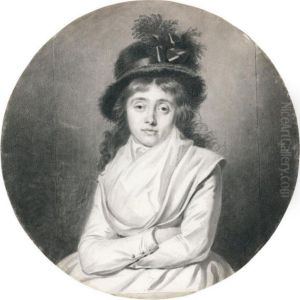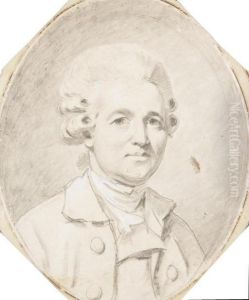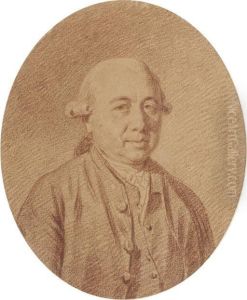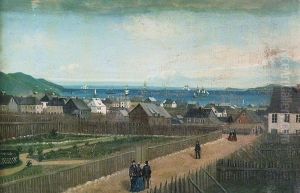Jacques-Antoine-Marie Lemoine Paintings
Jacques-Antoine-Marie Lemoine, born in 1751, was a distinguished French painter and draughtsman whose career spanned the late 18th and early 19th centuries. He emerged during a period of significant transition in French art, navigating the tumultuous times of the French Revolution and the Napoleonic era. Lemoine was primarily known for his portraits and genre scenes, which were highly regarded for their delicate execution and psychological depth.
Lemoine's early education and training in art remain somewhat obscure, but it is known that he was active in Paris, where he quickly established himself as a talented portraitist. His ability to capture the likeness and character of his subjects earned him commissions from the French elite, including members of the royal family and the burgeoning bourgeoisie. Despite the political upheavals of his time, Lemoine managed to maintain a steady career, adapting his style to meet the changing tastes of his patrons.
Throughout his career, Lemoine was influenced by the evolving artistic movements of his time. Initially, his work reflected the Rococo style, characterized by its lightness, elegance, and emphasis on decorative elements. However, as the neoclassical movement gained prominence towards the end of the 18th century, Lemoine's work began to exhibit a greater sense of formality and restraint, in line with neoclassical ideals of harmony and simplicity.
Lemoine's contributions to French art were not limited to his paintings. He was also involved in the artistic community as a teacher, sharing his knowledge and skills with the next generation of artists. Despite his success, Lemoine's work was somewhat overshadowed by the more dominant figures of his era, such as Jacques-Louis David, the leading proponent of Neoclassicism.
Jacques-Antoine-Marie Lemoine's death in 1824 marked the end of a career that had successfully bridged the gap between the Rococo and Neoclassical periods. Today, his works are preserved in various museums and collections, offering insight into the transitional period of French art and the nuanced portrayals of his subjects. Lemoine remains a significant, though underappreciated, figure in the history of French painting, deserving of recognition for his contributions to the development of portrait and genre painting in a time of great social and political change.
